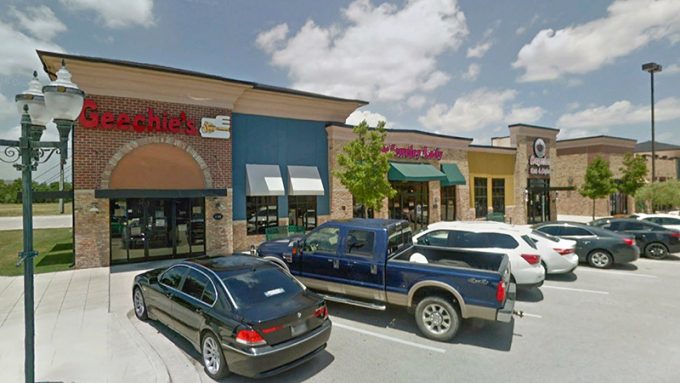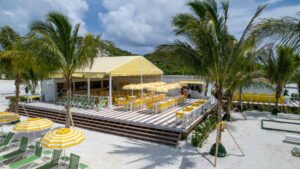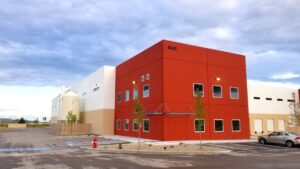The design trends of retail core and shell spaces is evolving to meet the needs of modern tenants and consumers. Developers are focusing on flexibility, efficiency, and aesthetic appeal to create spaces that attract a variety of retailers. This article explores the typical construction types for new retail buildings, optimal unit sizes, preferred ceiling heights, and how owners are handling common restrooms and utility functions.

Typical Construction Types for New Retail Buildings
New retail buildings often use steel and concrete construction due to their durability and adaptability. Steel frames provide the flexibility needed for large, open spaces and allow for easy reconfiguration of units. Concrete is favored for its strength and ability to support wide spans without internal columns, which maximizes usable floor space. Many developers also incorporate glass facades to enhance natural light and create a modern, inviting appearance. This construction approach not only provides structural integrity but also meets the aesthetic demands of contemporary retail environments.
Optimal Unit Sizes for Retail Width and Depth
Retail spaces must balance width and depth to maximize rentability and appeal to a wide range of tenants. The optimal unit size typically ranges from 20 to 30 feet in width and 60 to 80 feet in depth. This configuration allows retailers to display merchandise effectively while ensuring a comfortable shopping experience. Narrower spaces may limit merchandising options, while excessively deep spaces can reduce visibility and customer engagement. By adhering to these dimensions, developers can create versatile spaces that accommodate various retail formats, from boutique shops to larger, anchor tenants.

Preferred Ceiling Heights
Ceiling height plays a crucial role in retail design, influencing both the aesthetic and functional aspects of a space. The preferred ceiling height for modern retail units ranges from 12 to 16 feet. Higher ceilings create a sense of openness and allow for more dramatic interior designs, including tall display fixtures and enhanced lighting schemes. Retailers value this vertical space for signage and branding opportunities, which can attract customers and enhance the overall shopping experience. Additionally, higher ceilings provide better air circulation and accommodate HVAC systems without compromising the interior design.
Handling Common Restrooms and Utility Functions
Managing common restrooms and utility functions efficiently is essential in retail core and shell design. Developers typically centralize these facilities to minimize costs and maximize rentable space. Common restrooms are often located in easily accessible areas, such as near elevators or stairwells, ensuring convenience for both customers and tenants. This centralized approach reduces the need for multiple plumbing installations and simplifies maintenance.
Utility functions, including HVAC, electrical, and plumbing systems, are typically housed in dedicated mechanical rooms. These rooms are strategically placed to optimize serviceability and minimize disruption to retail operations. In some cases, developers incorporate utility corridors that run behind or above retail units, allowing for easy access to essential services without interfering with the tenant’s space. This approach enhances operational efficiency and supports the long-term maintenance of the building.
Conclusion
Retail core and shell design is increasingly focused on creating flexible, efficient spaces that cater to modern retailers’ needs. Developers are using steel and concrete construction to provide durable, adaptable structures. Optimal unit sizes and ceiling heights are carefully considered to maximize rentability and enhance the shopping experience. Centralized common restrooms and utility functions streamline maintenance and reduce costs, benefiting both owners and tenants. By understanding these trends, developers can design retail spaces that meet market demands and attract high-quality tenants. By following these trends, retail developers can create spaces that are not only functional but also attractive to tenants and shoppers alike. Our team of experts here at EVstudio follow these trends closely in order to optimize designs to maximize Owner return on development investment.
References
- Urban Land Institute. (2023). Best Practices in Retail Core and Shell Design. Retrieved from ULI
- International Council of Shopping Centers. (2022). Retail Design Trends and Considerations. Retrieved from ICSC
- National Real Estate Investor. (2021). Optimizing Retail Space for Maximum Rentability. Retrieved from NREI










